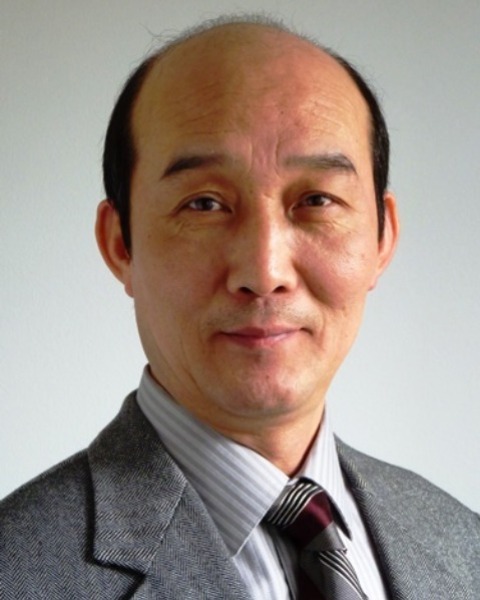Electro/physiology (E)
PP506 - Contralateral Masking in Air-Conduction ABR Recordings: A Literature Review

Alice Keithly
Wichita State University
Disclosure(s): No financial or nonfinancial relationships to disclose.

Xiao-Ming Sun, PhD (he/him/his)
professor
Wichita State University
Wichita State University
Wichita, KansasDisclosure(s): No financial or nonfinancial relationships to disclose.
Lead Presenter(s)
Presenter(s)
Even in the early years of investigations on auditory brainstem response (ABR) recordings, researchers suggested employing contralateral masking in patients with unilateral or asymmetric hearing loss to prevent false responses in the test ear. This is also what experts have always recommended in textbooks. However, the outcomes of some studies were controversial. Literature reviews are needed to summarize previous work regarding necessity, effectuality, and validity of contralateral masking in ABR recordings. We identified and evaluated thirteen studies on this topic. Implications on clinical application of the procedure will be discussed, as well as suggestions for future research.
Summary:
RATIONALE:
Auditory brainstem response (ABR) is a clinical test for evaluating the functional status of the auditory system. An ABR waveform is analyzed using its five waves; wave V is the largest in most cases. Contralateral masking with noise has been used to prevent the cross-hearing phenomenon in hearing tests. Cross-hearing occurs in patients with unilateral or asymmetric hearing loss when the test tone in the test ear is so loud that it crosses over to the non-test ear, which causes the hearing in the test ear to appear better than it is. Thus, even in the early years of application of ABR recording, researchers suggested employing contralateral masking in patients with a significant difference in hearing between experts who have always recommended this procedure in textbooks. Some previous studies investigated whether contralateral masking is necessary and effective to eliminate false ABR waves due to crossover in patients with hearing loss while others investigated if the masking sound in the non-test ear affects true ABR waves recorded in the test ear in normal-hearing participants. However, the outcomes of some studies were controversial. Literature reviews are needed to summarize and evaluate previous work and inspire further clinical research on this topic.
The purpose of this study was as follows: to determine (1) the necessity of contralateral masking in air-conduction ABR tests of individuals with unilateral hearing loss; (2) the effectuality of this procedure in eliminating crossover; and (3) the validity of the masking procedure in ABR recordings.
Methods: The search engines Google Scholar and Wichita State University Library SmartSearch were used. The keywords used to select articles were: "auditory brain-stem response”, “auditory brainstem response”, “brain stem auditory evoked response”, and “contralateral masking”. Selection criteria were set up concerning type of study, hearing status, and objective of study.
Results: Thirteen studies were collected. Three studies included participants with normal hearing only, five with hearing loss only, and five with both conditions. Of a total of 68 patients with unilateral hearing loss in ten studies, 73.5% had a wave V recorded in the deaf ears, for 88% of which, wave V disappeared with moderate-level white noise introduced to the normal-hearing ear. Results suggested that crossover occurred in most patients and contralateral masking eliminated the false wave V. Seven of the eight studies of normal-hearing individuals found that wave V was not significantly altered by contralateral noise at a moderate level. Results indicated that certain factors, such as central masking and the acoustic stapedial reflex, could be ruled out.
Conclusions: (1) Contralateral masking is needed to prevent crossover in patients when unilateral or asymmetric hearing loss is suspected. (2) Contralateral masking is an effective and valid procedure to prevent crossover in ABR recordings. (3) Limitations of previous studies on unilateral hearing loss are: (A) Almost all studies reported only a few cases; (B) Almost all studies were conducted over two to four decades ago, which used headphones instead of commonly applied insert earphones today. Further well-designed research is warranted.
Learning Objectives:
- Upon completion, participants will be able to describe the necessity, effectuality, and validity of contralateral masking in ABR recordings, and to identify topics for future research in this area.
